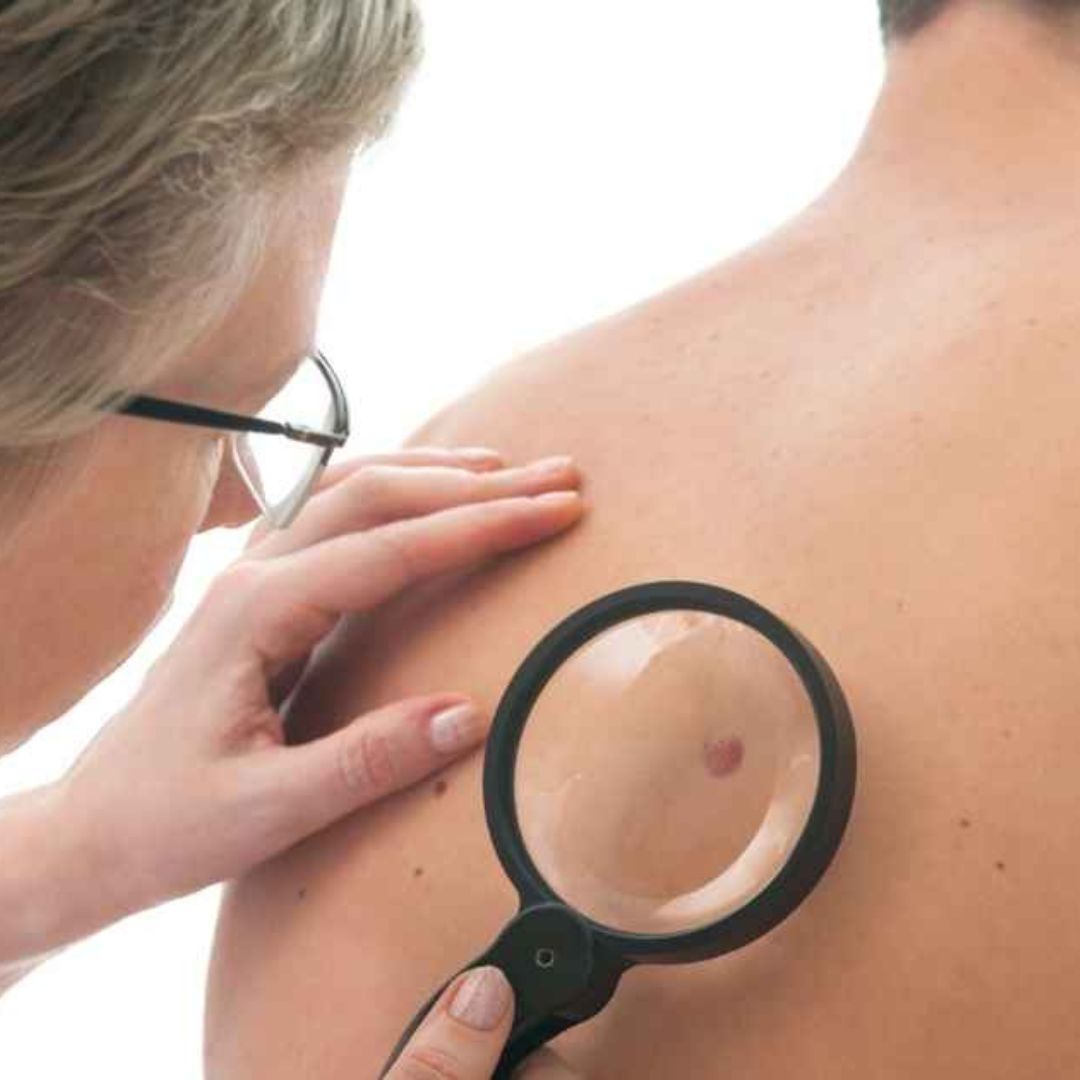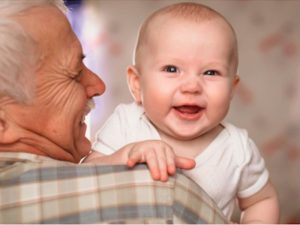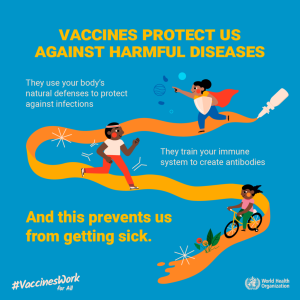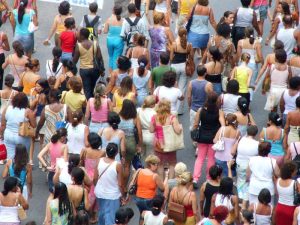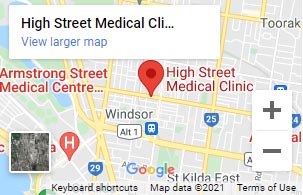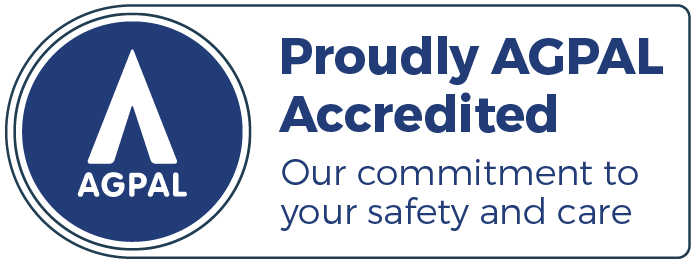Table of Contents
It is the most common type of cancer in Australia. More than 13,000 are diagnosed with melanoma in 1 year alone. Treatment and prevention are available. Book your yearly skin cancer check today.
What exactly is skin cancer?
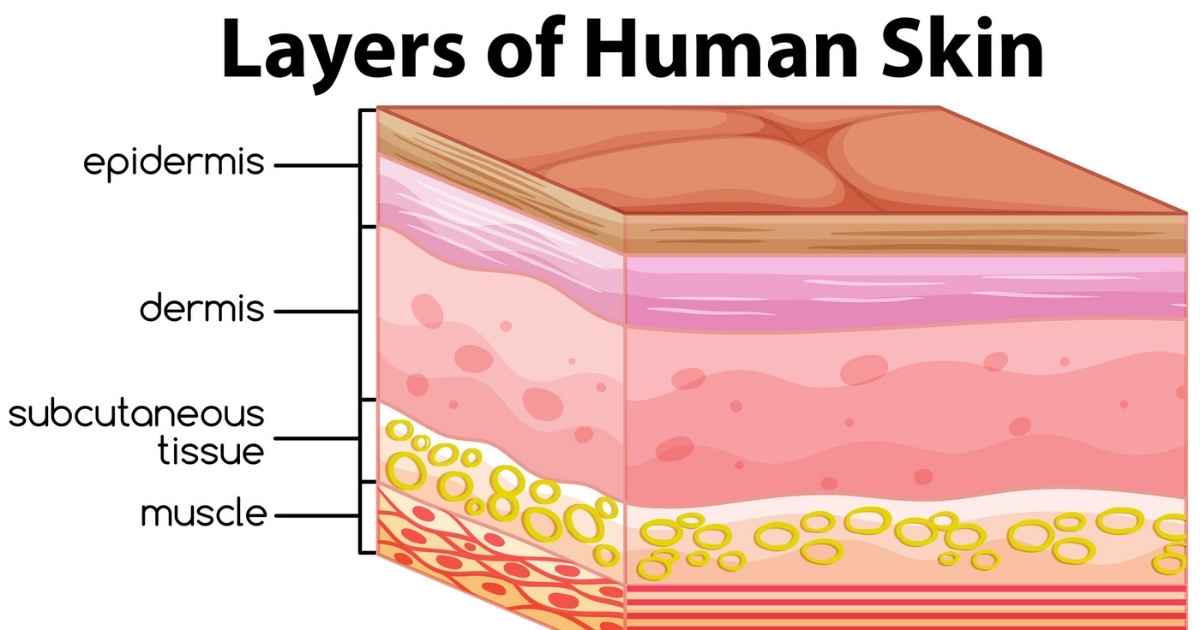
When we talk about skin cancer, it is important to know that there are 3 different layers of skin itself which are:
- The epidermis: the outermost layer of skin.
- The dermis: the inner layer of skin.
- The hypodermis: the bottom layer which is made up of fat
Depending on the layer of skin where the cancer is formed will determine the different types or stages of the skin cancer.
Skin Cancer develops when healthy cells mutate and form a mass called a tumour. A tumour can be benign or sometimes cancerous. A malignant tumour means it has the tendency to grow into other parts of the body.
There are 3 different types of skin cancers, which include:
- Squamous cell carcinomas (SCC): found on the epidermis
- Basal cell carcinomas (BCC): found in the lower epidermis
- Melanoma: found in the dermis in the melanocyte cells
Basal cell carcinoma and squamous cell carcinoma can sometimes be grouped together and are called keratinocyte carcinoma.
Symptoms
The earlier skin cancer is detected and treated, the better. This is why booking your annual skin check is so vital. In Australia, we are more prone to skin cancers than countries like the UK or USA because of our exposure to the sun and where we are geographically, we have the highest incident rate in the world.
You can also start by doing your own regular checks and become familiar with the size and appearance of your spots. If you think something doesn’t look right, get it checked.
Looking out for spots that are:
- Crusty spots that are open and not healing
- Small lumps that appear as red or pale, they might be pearly in colour
- Any new spots, freckles or any moles that change in colour or appearance
What causes skin cancer?

There are genetic factors that contribute to developing skin cancer, but we know that sun exposure is the number one cause of skin cancer. This includes solarium’s that emit UVA and UVB radiation and are extremely dangerous. This is because exposure to UV radiation causes melanoma.
On an average summer weekend in Australia, 1 in 8 adults and 1 in 5 teenagers are sunburnt. But did you know that sunburn is also common on cooler days? Even in winter, you can get sunburnt. Many people believe that overcast means the UV rays are not as strong, but this is actually incorrect, you can still be exposed to the sun and potentially be burnt. Sunscreen is your best defence against those harmful UV rays.
The treatment for skin cancer
A regular skin check is the best treatment for skin cancers. Once identified, they will be removed. If caught early, no surrounding tissue will also need to be removed.
The most common treatment for skin cancer is surgery under a local or general anaesthetic to remove all cancer cells. Some early skin cancers can be treated with ointments or cryotherapy.
Skin cancer doctors
Please call us on (03) 9510 5500 to book an appointment today.

